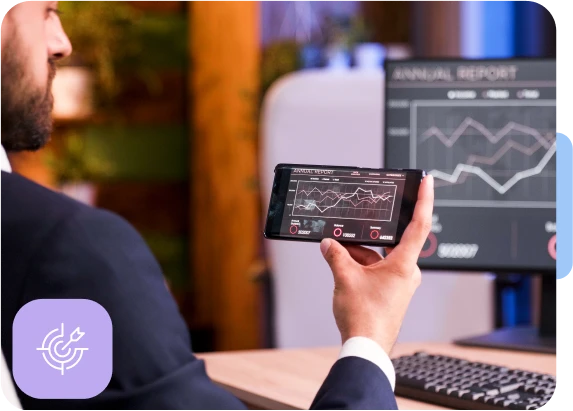Microspeed scanners track order-wall moves, spread changes, and cross-chain transfers, blending the data into clear, concise pulse graphs showing where demand grows or fades away. As soon as the pulses flicker, Profitron Dash identifies potential entry/exit spots, so plans can be made before the onset of large swings.
In the engine, Profitron Dash ticks through every tick and headline in real time before showing the power of current trends and likely turning zones in clear bands of color.
Walk-through prompts, straightforward-concept strategy templates, and one-tap alerts allow novices and seasoned trade veterans to explore Profitron Dash without ever feeling lost.

All requests get wrapped in end-to-end encryption with a private dashboard that lets a signal and risk line be adjusted. Cryptocurrency markets are quite volatile and may incur losses. Profitron Dash never places any trades; hence the account holder retains full control.

Profitron Dash locks in every connection with strong encryption and stacked sign-ins, while open record-keeping opens the gates for third-party verification.
Crystal clear guidelines ensure that insight lacks any hidden agenda and is straightforward for any beginner or seasoned trader to grasp.